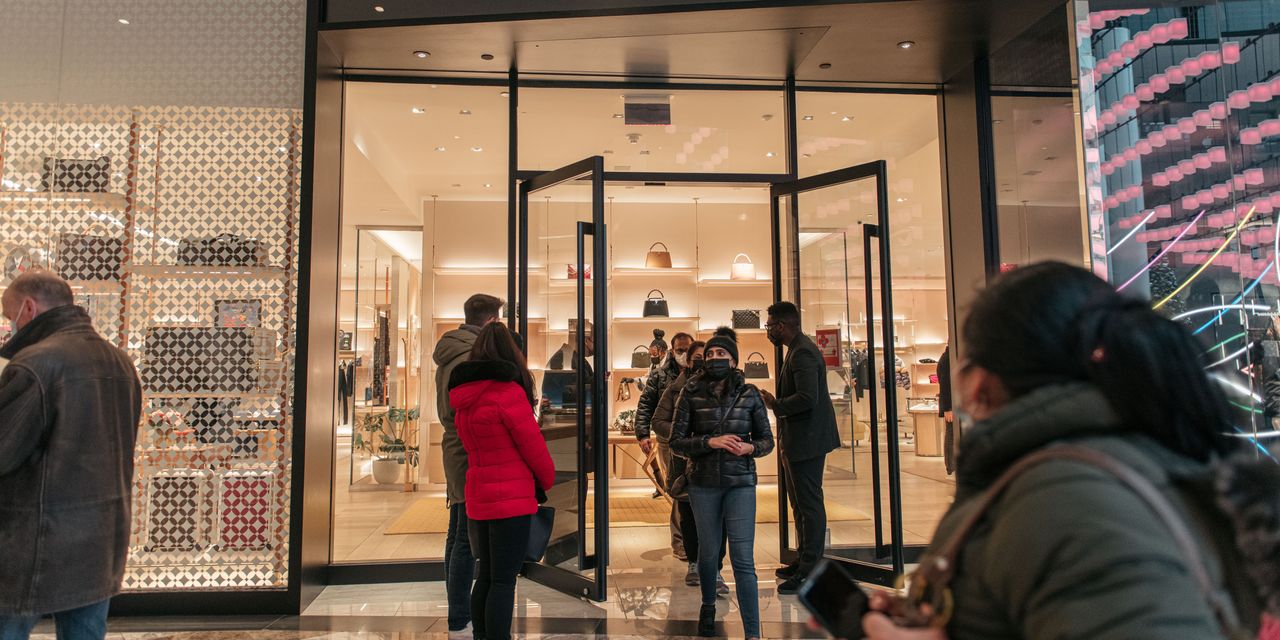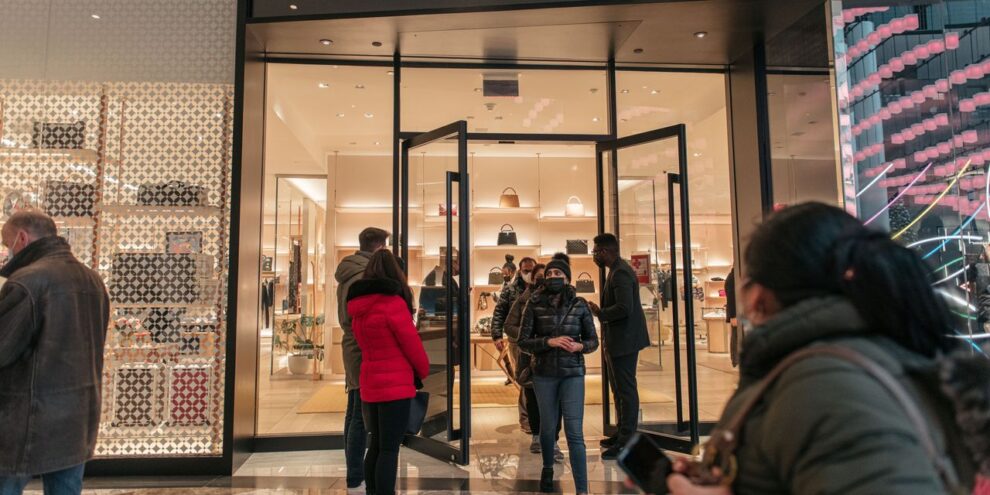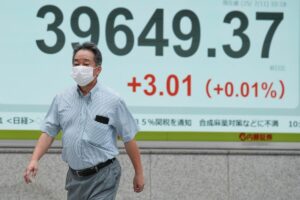
The numbers: Consumer spending sank 0.6% in December as omicron infected millions of Americans and households pared back, reflecting a weakening of the economy at the end of last year.
It was the first decline in spending in 10 months. Economists polled by The Wall Street Journal had forecast a 0.7% decline.
If adjusted for inflation, consumer spending shrank an even sharper 1%.
Incomes rose 0.3% in the December, but not enough to offset the increase in inflation.
Large gains in income in 2021 helped households cope with the biggest surge in inflation in decades. Prices rose by 5.8% last year based on the Federal Reserve’s preferred PCE gauge and an even higher 7% using the better known consumer price index.
Incomes jumped a somewhat larger 7.3% in 2021 owing to rising wages and massive government stimulus spending for individuals and families, but the stimulus is mostly gone and Americans can’t depend on further government largesse.
Big picture: The economy was tripped up by a record wave of coronavirus cases, but the omicron outbreak appears to be rapidly receding.
Most economists predict consumer spending — and the U.S. economy — will speed up again soon if cases continue to fall and Americans are able to resume somewhat normal lives again. Yet some believe the weakness toward the end of 2021 heralds slower growth in 2022.
The biggest obstacle is the highest inflation in decades. It’s eroded otherwise strong wage gains and made everything more expensive. The Fed’s newly emerging strategy to combat inflation with higher interest rates could also act as a headwind.
Looking ahead: “Consumer spending growth will remain solid throughout 2022,” predicted chief economist Sal Guatieri of BMO Capital Markets.
“An improving labor market and strong wage gains will support income growth,” he said. “Households also have an extra $2 trillion saved up compared to before the pandemic that they will gradually spend down over the next couple of years.”
Market reaction: The Dow Jones Industrial Average DJIA, -0.80% and S&P 500 SPX, -0.61% were were little changed in Friday trades.
U.S. stocks have gotten off to a rocky start this year due to the expectation that the Fed will raise low U.S. interest rates for the first time in four years.




